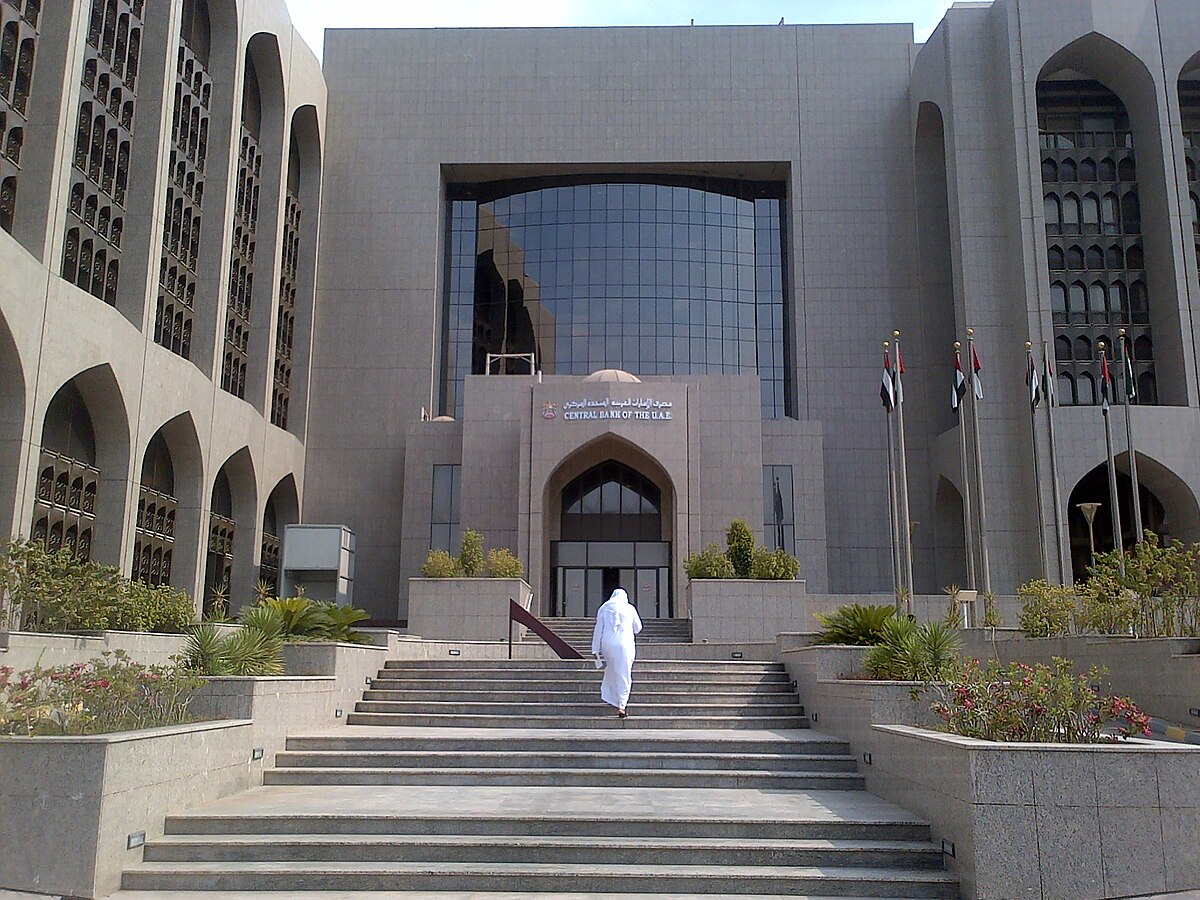The UAE Central Bank maintains base rates, following US move.

UAE Central Bank Maintains Interest Rates.
The UAE Central Bank has decided to maintain the base rate for the Overnight Deposit Facility (ODF) at 4.40%, following the recent decision by the US Federal Reserve to hold its interest rates steady. This move aligns with the UAE’s monetary policy, as the UAE dirham is pegged to the US dollar.
Key Decisions by the UAE Central Bank.
Along with keeping the ODF rate unchanged, the Central Bank of the UAE (CBUAE) also decided to maintain the interest rate applicable to borrowing short-term liquidity from the CBUAE at 50 basis points above the Base Rate for all standing credit facilities. This decision reflects the UAE’s continued effort to ensure financial stability amid global economic uncertainties.
The US Federal Reserve’s Influence.
On Wednesday, the US Federal Reserve announced that it would maintain its target range for the federal funds rate at 4.25% to 4.50%, marking the third consecutive month of unchanged rates. The decision follows an ongoing assessment of the economic impact of former US President Donald Trump’s tariff wars on major trade partners.
Additionally, the Federal Open Markets Committee (FOMC) stated that it will continue reducing its holdings of Treasury securities and mortgage-backed securities. However, starting in April, the pace of this reduction will slow, with the monthly redemption cap on Treasury securities decreasing from $25 billion to $5 billion.
What’s Next for Interest Rates?
In 2024, the FOMC executed three consecutive rate cuts, bringing the federal funds rate to its current range. Looking ahead, the CME FedWatch tool indicates a 16.7% probability of a rate cut in May, while a 53.2% probability remains for June. Analysts predict at least two rate cuts for the year, potentially bringing the terminal rate down to 3.75%.
Despite this, inflation remains a major concern, with the latest Consumer Price Index (CPI) figures at 2.8%, exceeding the 2% target. The Federal Reserve faces a balancing act—whether to cut rates to stimulate economic growth or keep rates high to control inflation.
The Recession Risk?
Economic uncertainties remain high, and a Goldman Sachs model recently increased the probability of a US recession in the next year from 15% to 20%. This is largely attributed to Trump’s aggressive tariff policies, which could dampen economic growth. If a recession does materialize, the Federal Reserve may be forced to cut interest rates to spur economic activity. However, the risk of rising inflation due to tariffs could push the Fed to maintain higher rates instead.
How This Affects the UAE?
As a dollar-pegged economy, the UAE follows the US Federal Reserve’s monetary policy closely. A potential rate cut by the Fed later in the year could lead to lower borrowing costs in the UAE, benefiting businesses and consumers alike. However, persistent inflation in the US could keep rates high, impacting liquidity and investment trends in the region.
With global markets on edge, the UAE Central Bank’s cautious approach ensures that the country remains financially stable while adapting to future monetary shifts.
Stay tuned to iknowuae.com for the latest updates on economic trends in the UAE and beyond.
